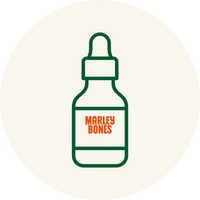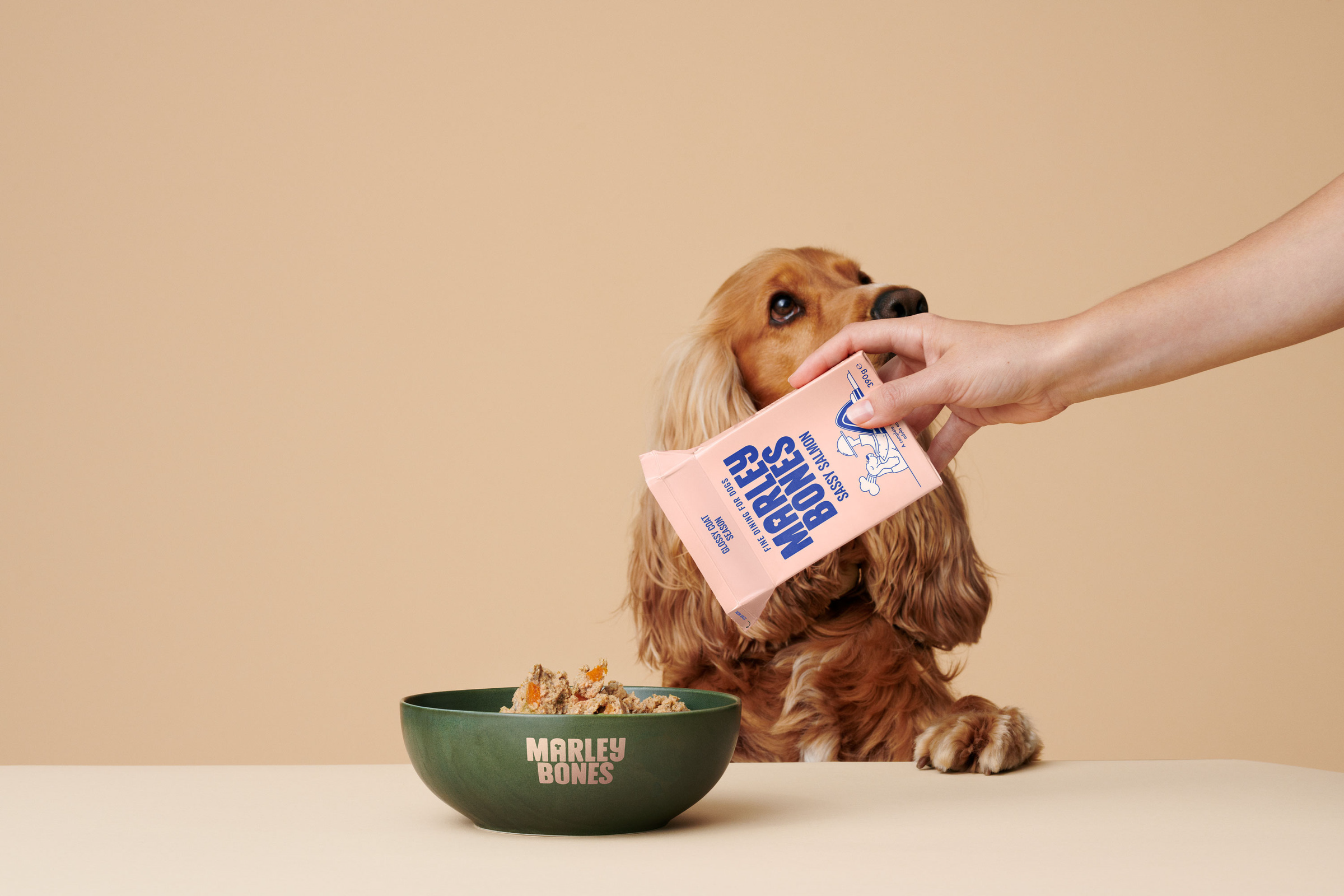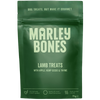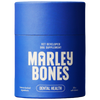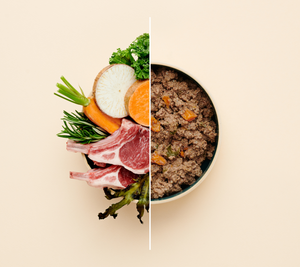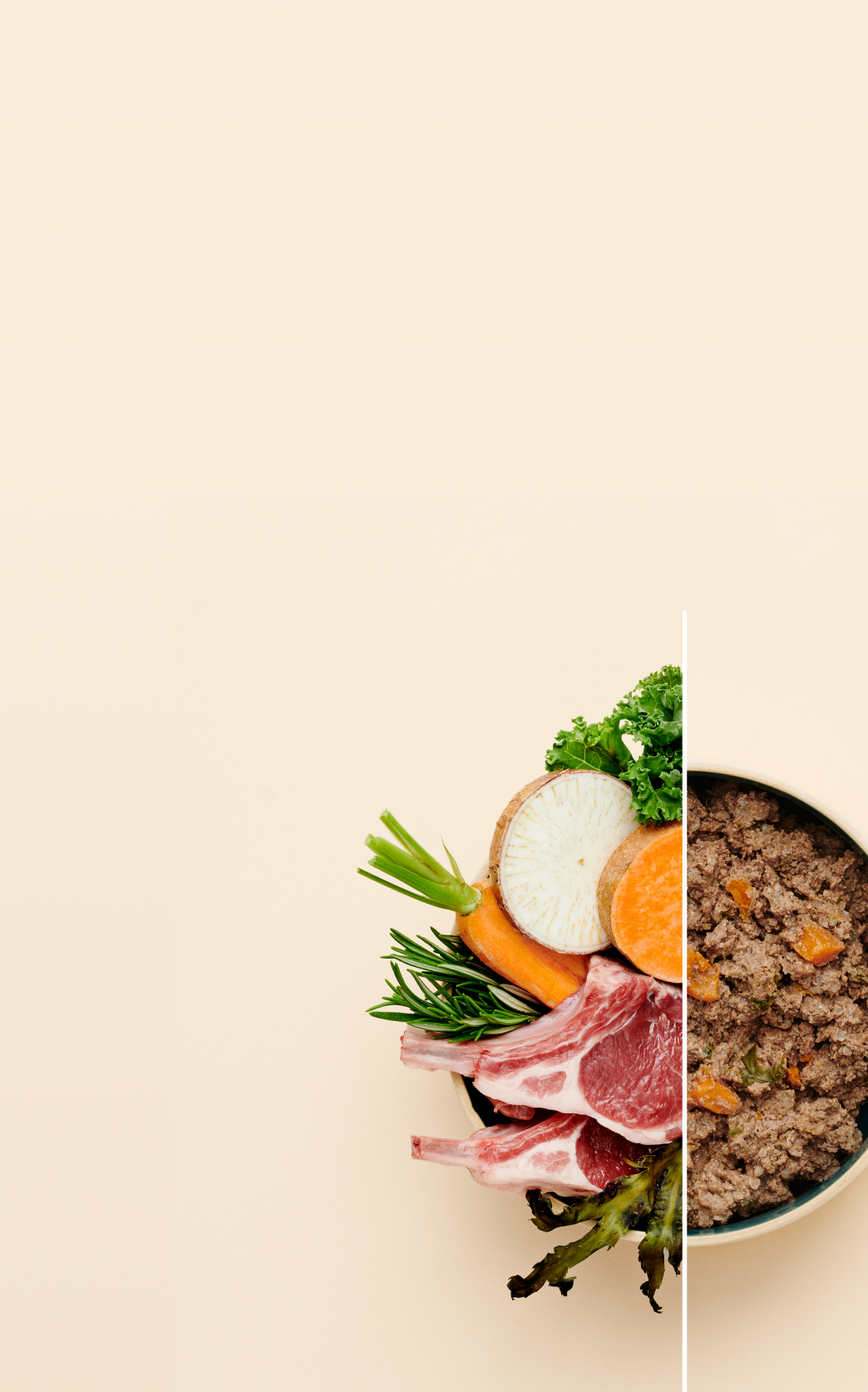Can Dogs Eat Avocado? The Risks and Rewards Explained
Avocados have earned their place in many kitchens thanks to their creamy texture and impressive nutritional profile. But if your dog is watching closely as you slice one open, you might find yourself wondering: can dogs eat avocado?
The short answer is yes — dogs can eat avocado, but only the flesh, and only in small quantities. While this fruit does offer some nutritional benefits for dogs, there are also important risks you need to be aware of, particularly with certain parts of the avocado.
Let’s take a closer look at how avocado fits into a dog’s diet, which parts are safe, which aren’t, and whether it’s really worth offering this trendy fruit to your pup.
The Nutritional Upside: Why Some Owners Consider Avocado
Avocado flesh — the soft, green part — contains a blend of healthy fats, fibre, and vitamins that can be beneficial for dogs. Monounsaturated fats support healthy skin and a glossy coat. Fibre helps maintain regular digestion and can prevent constipation. There’s also a decent range of vitamins, including A, B6, C, and E.
Vitamin E, in particular, acts as an antioxidant, boosting the immune system and supporting cell health. Meanwhile, potassium — present in good amounts — helps maintain healthy muscles and fluid balance. All of this sounds ideal, but it’s important to keep things in perspective. Dogs don’t need avocado to thrive, and it should only ever be a very small part of their diet, if included at all.

The Risks: What Makes Avocado Potentially Harmful?
While the flesh might be safe in moderation, the skin, pit, and leaves of an avocado contain persin, a natural fungicidal toxin. Dogs are generally more resistant to persin than other animals, but that doesn’t make them immune. Consuming too much can still cause vomiting, diarrhoea, or an upset stomach.
The pit poses another danger — it’s a choking hazard and can cause a serious intestinal blockage if swallowed. Its smooth, solid shape might seem harmless, but it’s incredibly risky if your dog manages to get hold of it.
Another factor to consider is avocado’s high fat content. While some fat is beneficial, too much can lead to pancreatitis, a painful and potentially serious condition. Dogs with a history of digestive issues or fat sensitivity should avoid avocado altogether.
Feeding Avocado Safely - If You Chose To!
If you do decide to offer your dog avocado, always prepare it properly. That means:
- Only using the ripe flesh — no skin, no pit, and certainly no leaves.
- Keeping portions very small — a spoonful is plenty for most dogs.
- Never seasoning it — salt, onion, garlic, or spices are all harmful to dogs.
- Watching your dog closely the first time you offer it, in case of any reaction.
Think of avocado more as an occasional nibble than a regular treat. It’s not essential, and most dogs will do just as well — or better — with other safer, nutrient-rich options.
Safer Alternatives To Avocado
If you’re looking for healthy snacks for your dog, there are plenty of options that don’t come with the same risks. Carrots are low in calories and great for your dog’s teeth. Apple slices (core and seeds removed) offer sweetness and crunch along with fibre and Vitamin C.
Blueberries are bite-sized, antioxidant-rich treats that most dogs enjoy. Green beans are satisfying and full of nutrients, while pumpkin — plain and unsweetened — can help soothe sensitive tummies.
These alternatives not only avoid the complications of persin or fat content but also provide varied textures and flavours your dog might love just as much.

The Final Woof
So, can dogs eat avocado? Technically yes — but only the flesh, only in small amounts, and only with proper preparation.
Avocado does bring some nutritional value, but it also comes with risks that many safer foods don’t have. If you’re ever unsure, speak to your vet — especially if your dog has health conditions or dietary sensitivities.
There’s no need to go out of your way to include avocado in your dog’s routine. But if you’re slicing one up for yourself and want to share a tiny bit, now you know how to do it safely — and why it’s better as a rare treat than a regular feature.



